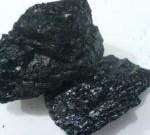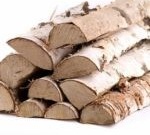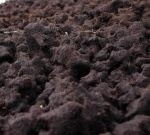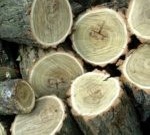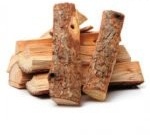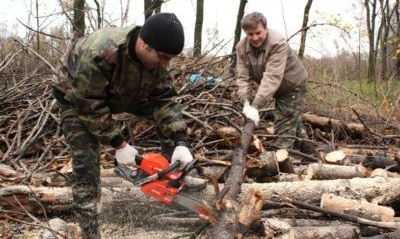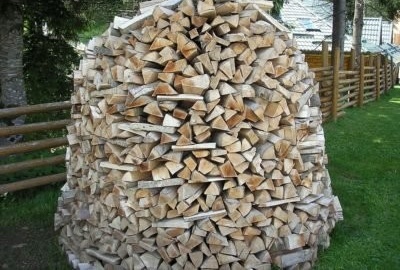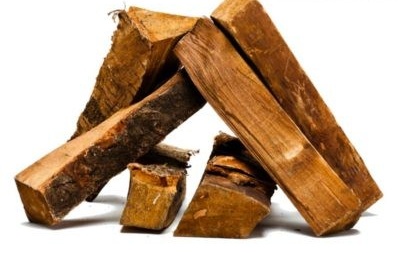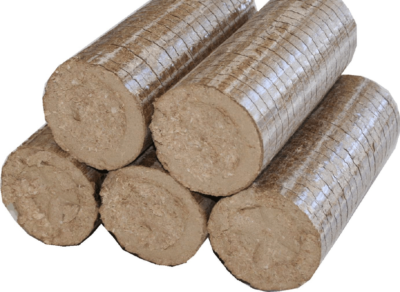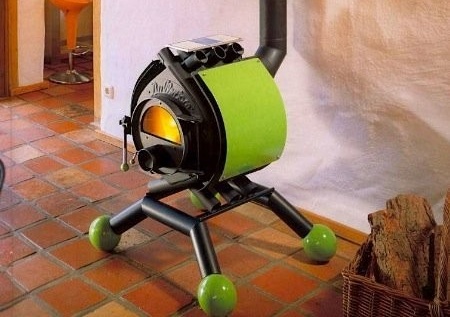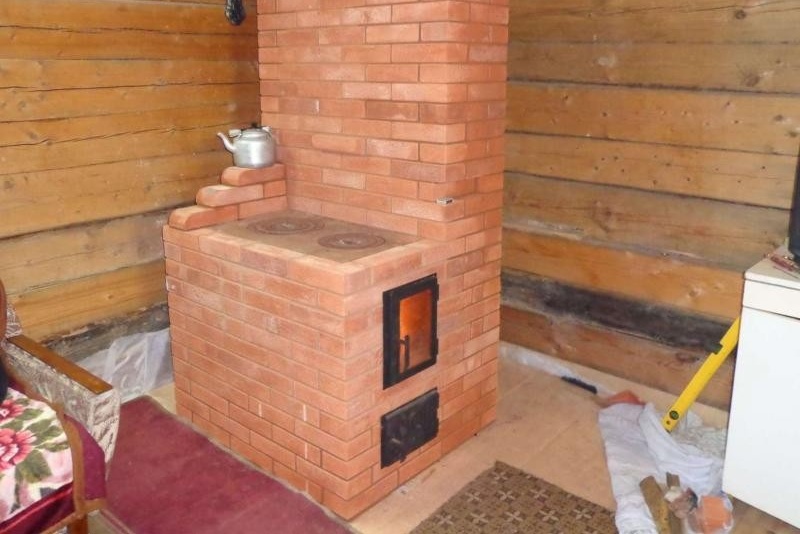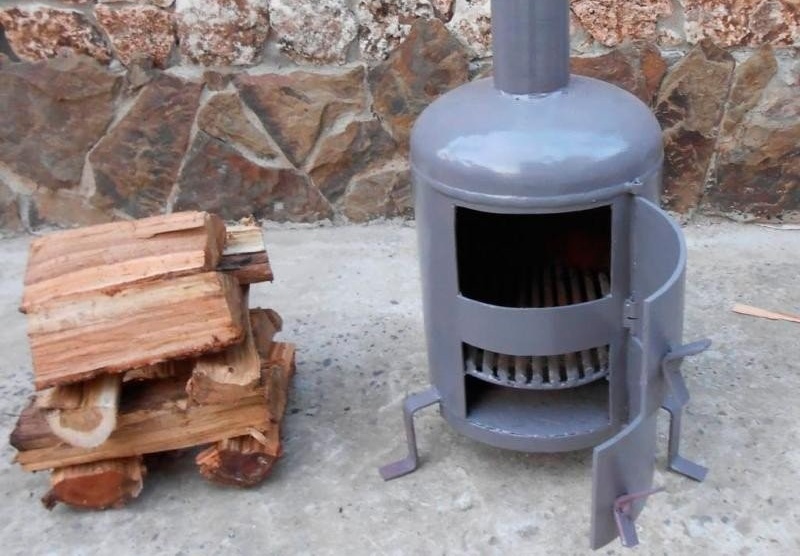Stoke the stove correctly
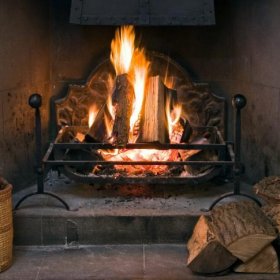
To enjoy the heat on frosty days or calmly soak in the bathhouse, you need to know how to properly heat the stove and take care of it. The functioning of the furnace depends on the type of fuel and the method of the furnace.
Content
Furnace principles
"How to heat the stove?" - a matter of concern to many city dwellers who are moving out of town for the summer. And people who constantly live "in nature" and use the stove, also ask such a question.
An efficient and safe firebox has three whales on which this process rests: the serviceability of the furnace itself, the use of high-quality fuel and skillful ignition.
We must say right away that with improper operation of the furnace, negative consequences can be expected:
- increased fuel consumption (will have to use fuel 20% more);
- clogged furnace elements;
- failure of the heating device;
- insufficient heating of the premises with considerable fuel consumption.
So that all of the above does not apply to you, you should know the principles of the furnace furnace:
- Always check the health of all components of the furnace before using it.
- To increase the flow of fresh air and better combustion of fuel, it is necessary to clean the grate-grate and the ash container.
- After a long break in the use of the stove, you first need to warm up the chimney (for this, light a mini-fire in the firebox), and only then proceed to the stove fire in the usual way.
- To place fuel strictly in the middle of the furnace, preventing its displacement to the rear of the device, it is better to put coal, firewood or briquettes closer to the door.
- To regulate the supply of fresh air to the oven with doors from the blower and the furnace.
- To improve draft, use a chimney valve and a view (a device at the boundary of the chimney and combustion chamber).
- Do not “gut” the fuel until it burns a large half.
Types of fuel
The following can be used as fuel for the furnace:
- firewood;
- peat;
- coal.
Photo gallery: peat, firewood, coal
- Coal is quite suitable for heating rooms and for a bath
- The most traditional stove for fuel - firewood
- Peat is now less common
The choice of one or another type depends on three main indicators - its energy efficiency, affordability and price.
Each fuel has its pros and cons, let's look at them in more detail.
Simple home-made stoves can run on used oil.It is cheaper, but you need to consider that you can heat a small area. You will find step-by-step instructions for manufacturing in our article:https://aquatech.tomathouse.com/en/otoplenie/documents/pech-na-otrabotke-svoimi-rukami.html.
comparison table
| Type of fuel | pros | Minuses |
| Firewood |
|
|
| Peat |
|
|
| Coal |
|
|
We go for firewood
Why do people with stove heating love firewood so much? Of course, when sitting in front of a fireplace with burning wood, you can be involved in nature, listen to how the logs click, recall youth and feel a unique smell ...
But not only romantics prefer this type of fuel. Realists and practitioners who know how to count money will say that firewood is the most economical fuel for small stoves, baths, fireplaces.
What type of wood is the hottest? Different tree species serve people differently in terms of space heating. The duration of burning wood depends on the density of the wood, therefore, the denser the structure of the tree, the longer the wood will burn and the more heat will be given to the room.
Table: characteristics of firewood
| Type of firewood | Characteristic | |
| Deciduous
|
Oak | It is better to use a middle-aged tree: a young oak will not give the right amount of heat, an old one will increase the amount of ash, fill the air with heaviness. |
| Birch tree | Logs are easy to ignite, they sparkle little, fill the space with warmth and pleasant smell. The bath helps to fight respiratory diseases. | |
| Alder | They have high heat dissipation, there is no soot. Alder wood can be used to clean the chimney from settled soot. | |
| Aspen | It is better not to use stakes of this tree species for the furnace furnace: they quickly burn out and practically do not leave coal. | |
| Linden | Use for heating is impractical. They burn out very quickly, not having time to give the necessary heat for the premises. This disadvantage is opposed by a big plus of linden wood - the creation of a healing microclimate. A bathhouse or a room flooded with linden wood can become a kind of hospital for colds and other health problems. | |
| Fruit | Cherry, apple tree, plum, heat pear (compared to oak) will give much less, but breathing the air warmed by such firewood is very pleasant and good for health and mood improvement. It is easy to kindle firewood from cherries, but during burning they can deliver a lot of disappointments - they really smoke. There will be no strong burning if you use firewood from the apple tree, but to make them flare up, you need to work hard. | |
| Conifers | Larch, pine, spruce.Such firewood can “spark” sparks due to the high resin content, which greatly increases the risk of fires. Another disadvantage is soot. Among the advantages: life-giving aroma, ease in preparation. | |
Photo gallery of firewood
- Acacia wood
- Oak Firewood
- Stoke the tree with coniferous trees and stay healthy
- A pleasant aroma will fill the room if the stove is heated with wood from fruit trees
- In birch wood, price and quality are optimally combined
- Linden firewood has a healing effect
Of course, to heat the stove with oak wood is an unforgivable luxury, because this species of trees is considered valuable and for the most part is used in the manufacture of exquisite furniture. For residents of central Russia and its northern regions, birch is most acceptable. It is in the wood of this breed that the price and quality are optimally combined. Residents of the southern part of Russia prefer white acacia.
Firebox preparation
For the process of heating the premises to be as effective as possible, you need to prepare in advance for this process.
Firewood
When harvesting, use trees that grow in dry places, they have less moisture, which means they will burn with greater heat dissipation. If this is not possible, then sawn trees need to be well dried.
The best time for harvesting firewood is November-December. Do not leave sawn trees for a long time, if possible, "divide" them into parts. Logs suitable for burning a stove should not be too large or very small. The most common sizes for firewood are 8-10 cm in diameter, the length depends on the size of your stove.
Storage
After sawing, it is best to split the trees and only then lay them in a special room that is well ventilated, there is no excess moisture in it, and rain or snow does not get into it. Basement areas are not suitable for this; it is better to use sheds with good ventilation.
It is advisable to keep firewood before using them for about 2-3 years “in reserve”, during this time the main moisture in the wood will evaporate, leaving no more than 15%. Dry firewood is easier to kindle, they burn with high heat dissipation, do not spoil the components of the stove heating due to the lack of condensate settling in the chimney and pipes.
Over time, the chimney becomes clogged, draft decreases. A thorough cleaning will help to solve the problem. You will learn about tools and methods in our material:https://aquatech.tomathouse.com/en/otoplenie/dimohod/kak-prochistit-dymoxod.html.
A great way to stack logs is with crosscrosses.
Furnace inspection
Serviceability of the furnace - the absence of chips, cracks, burnouts - the key to a long and perfect service of this heating device. Try to regularly inspect the furnace and, if malfunctions are detected, repair them in a timely manner.
Before starting the kindling, do not forget to take care of good traction, check the operation of the damper, clean the chimney, make sure the room is well ventilated.
Fire Safety Compliance
A stove is a device that requires careful observance of certain rules:
- Timely repair, cleaning of all components of the furnace.
- Whitening of the outer part (for quick detection of cracks, etc.)
- Do not leave the oven unattended. Especially if there are little kids in the room.
- Nail a metal sheet in front of the firebox (for safety in case sparks hit the floor).
- It is not necessary to heat the stove for more than 1.5 hours at a time, on the whole day - no more than two or three times (so as not to overheat it).
- You can’t heat the stove just before going to bed (optimally - three hours before you go to bed).
- Do not place wooden furniture or utensils near the stove.
- Use firewood that matches the size of the firebox hole.
- Only push the chimney valves after the wood has completely burned.
- Do not use flammable materials (gasoline, kerosene, etc.) for fueling.
Warnings
Many people using the stove are aware of the dangers that carbon monoxide can cause. It is not always possible to determine what happened. Therefore, try never to go to bed without checking the coals in the oven, do not leave them unattended at night.
The occurrence of carbon monoxide may indicate the extinction of fuel in the furnace, sometimes this happens when using raw firewood. If you suspect the formation of a carbon monoxide killer, close the fuel door, and fully open the valve and view. 10-15 minutes will be enough to protect yourself and your loved ones from carbon monoxide poisoning.
Stove firing instructions
Algorithm of actions:
- Place crumpled scraps of paper and thin slivers in the grate area. You can put 1-2 logs of small size.
- Open the ash pan door by ¼ part, and the chimney valve by ½.
- Set fire to paper using matches. After the fire has started, it is necessary to increase the amount of incoming air, opening the blower by ½.
- After igniting the entire paper-wood structure, gradually add firewood as they burn.
- Re-laying of firewood must be done when large coals are formed (about half an hour after the first laying).
- The combustion process is regulated by a valve and a blower.
A very important indicator that you need to pay attention to is the color of the flame. The color of straw indicates a normal combustion process. If the flame changed color and turned white, and you hear a strong buzz in the outlet channels, then this is a sign of increased traction, you need to cover the blower. Red flame and black smoke from the chimney are indicators of insufficient traction, the blower needs to be slightly opened.
Video: how to melt a brick oven yourself
How to drown in black
Special mention should be made of the nuances of the furnace furnace in black, although such devices are no longer as common as in past centuries. In modern times, mainly baths are heated in this way: the efficiency in this case is very high, much more than in the "white" baths. Fuel for good heating requires a little.
Combustion products in such structures do not exit through a chimney, but through windows and a door. A lot of soot settles on the walls, but should not be disdain, since in this situation it acts as an adsorbent.
The procedure for stoves in black (in the bath):
- Open the windows and the door - for the influx of fresh air and to maintain the combustion process.
- Fold the wood with a "house", placing paper shreds under them and set fire to it.
- Before the second laying of firewood, it is necessary to shed walls and shelves with water.
- Gradually add firewood, ending the firebox after the appearance of raspberry light above the stones.
- It is necessary to wait until the last batch of firewood burns out and take out the coals left after that.
- Ventilate the room by opening windows and door.
- Pour cold water over doors and shelves.
- Splash a tub of water on the stove and close the door.
The first furnace of the new furnace
If the stove is only folded and everything is ready for kindling, then remember a few useful rules.
First, do not rush and let the masonry dry. This may take 2-3 days. Melt the stove, observing all fire safety rules, and see if there is smoke. Then touch the stove in different places, it should warm up evenly, without temperature changes. Also to the same extent, a properly folded oven should cool.
Secondly, test the masonry quality. The density of the laid brick should not allow smoke to pass through. For this test, light synthetic materials that smoke heavily in the firebox and see if smoke breaks through.
If everything went well - the stove can be operated!
You may be interested in material on how to properly stack a brick oven yourself:https://aquatech.tomathouse.com/en/otoplenie/kirpichnye-pechi-svoimi-rukami-sekrety-remesla.html.
We heat the furnace after a long downtime
After the winter, having arrived at the cottage, you will want to warm yourself and flood the stove. This must be done so as not to cause damage to the stove or to the residential or bathhouse itself.
First of all, you need to inspect the furnace from the outside and from the inside to detect:
- cracks;
- chips;
- foreign objects;
- small animals and birds;
- excess soot.
All this can become an obstacle to the normal operation of the furnace. Chips and cracks must be repaired by sealing them with a solution, remove foreign objects. To clean the chimney from soot, you can use a special metal ball on a long rope. The ball, which is often equipped with a wire brush, is lowered “into the shaft” and raised upward, repeating these manipulations several times, shaking off the soot after each ascent.
Mandatory action before melting the furnace after a long break is a draft check. Firewood is set on fire with all doors open (ash pan, blower, furnace door), then they are closed, adjusting the degree of extraction.
Sometimes the lack of draft can be due to the large amount of cold air in the chimney. Therefore, heating the chimney part of the furnace will help eliminate this problem.
We lay two logs parallel to each other at a certain distance, then put the other two on top of them, placing them perpendicular to the first row. It looks like a mini-well, inside of which you need to put paper, a piece of birch bark and splinter-chips.
A furnace that has not been heated for a long time cannot be used immediately at full capacity, try to make the furnace process gradual, start with small time intervals.
Proper fuel
People far from the furnace can be surprised to learn that proper fuel placement can affect the operation of this device.
The most commonly used methods of stacking firewood:
- horizontal (rows of firewood follow each other with uniform distances between them);
- conical (a log hut is built from logs);
- diagonal (the first log is laid diagonally in the firebox, all others are at an angle to it).
Do not hammer the firebox “to the eyeballs”, about a fifth should remain free.
When using coal, kindling is done with firewood, then when the fire flames up, a layer of coal is poured (about six centimeters). The height of the subsequent layers can reach up to fifteen centimeters, but at the same time the coals should pass air well. It is advisable to periodically stir up coals using a poker or other special devices.
We bask in frosts (including winter)
Cold seasons, especially winter, suggest more frequent use of the stove. Trying to warm the room as much as possible, it is not necessary to heat the furnace too often and too much, since you can get it overheated. The overheated stove can collapse faster, the brickwork begins to crumble, burnouts appear in the channels, etc.
Therefore, heating in the winter season should be wisely: to heat the stove moderately, twice a day is enough. If you want to “add heat”, then carry out each subsequent furnace with an interval of four hours at least.
We use briquettes for the furnace
At present, such a type of fuel as briquettes. They are safe to use, retain their combustible properties for a long time, do not require special storage conditions.
Such a “miracle” - fuel can be done with your own hands, having processed everything that can burn in the furnace. Natural materials can be used: old boards, straw, sawdust, cardboard, paper, dry foliage, peat, etc.
Having joined the process of briquette production with your own hands, you can “kill two birds with one stone”: get high-quality, environmentally friendly fuel and get rid of unnecessary garbage and waste. Yes, also save: you do not have to buy firewood or other fuel.
By learning how to handle the furnace correctly when heating the room, you will protect yourself from negative moments, the furnace process will be effective and not pose a threat to the life and health of loved ones.

